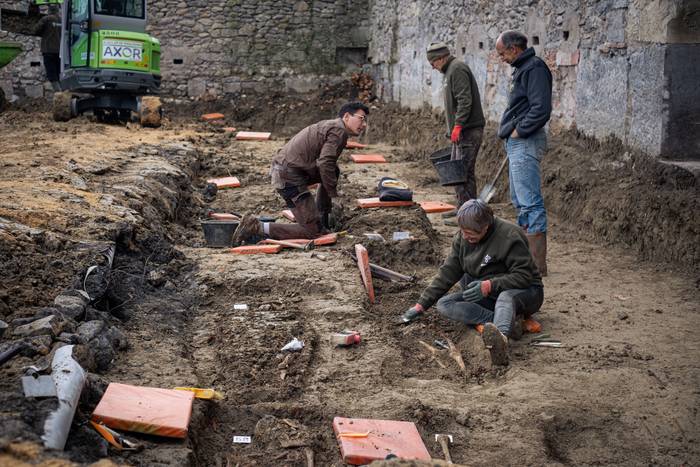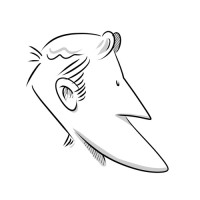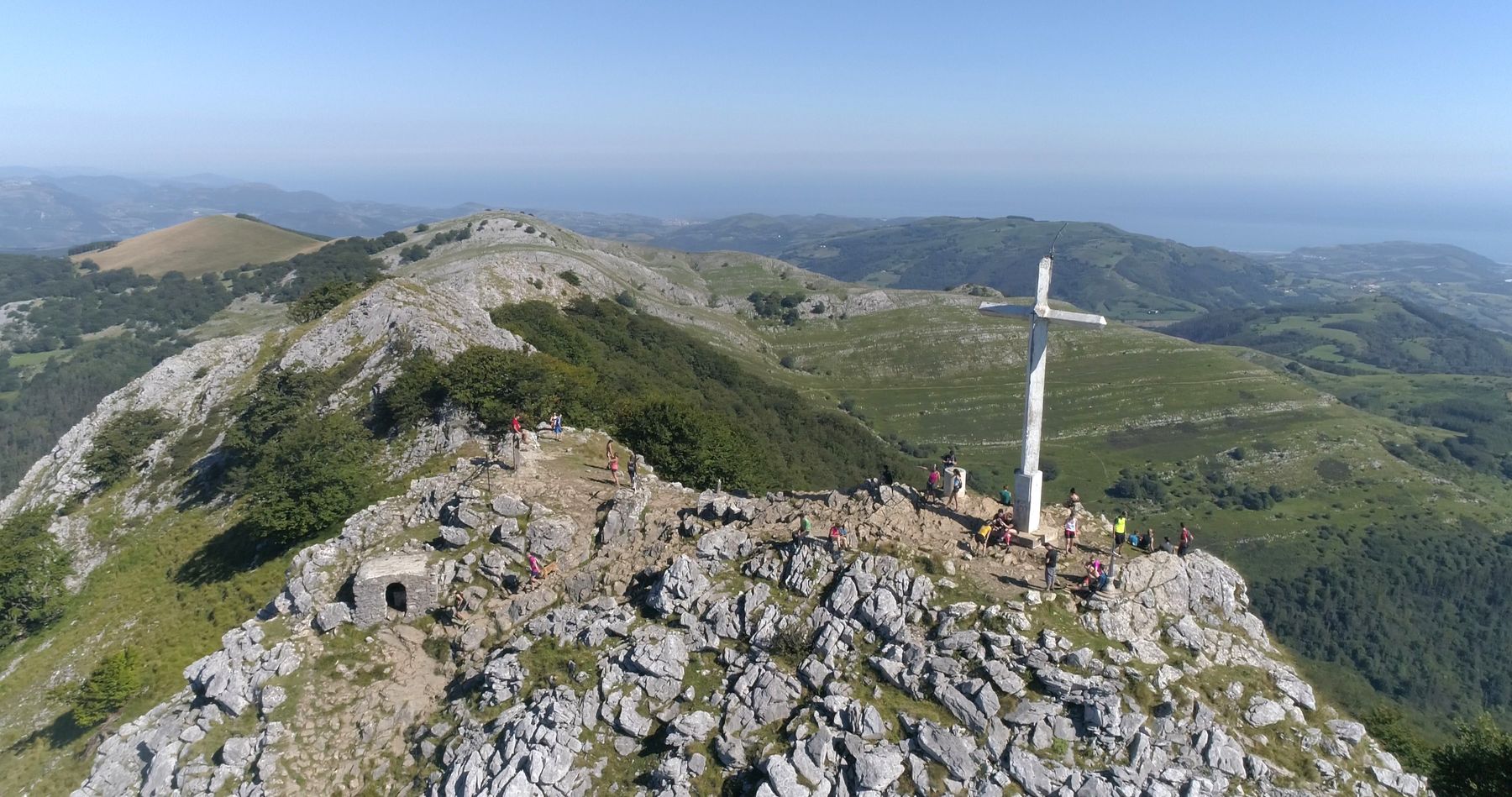Two sides of a 75-year-old photo
- Born January 27, 1945 The Red Army came to the concentration camp. After finding that there were no German soldiers deployed in the area, the agents located about 600 bodies in an advanced state of decomposition. And behind the wire of thorns they saw some living prisoners.

The Germans, with the prisoners who could walk, had left, giving way to what would later be called the Death March. About 7,000 prisoners were left in the enclosure.
Along with Soviet soldiers, photographer Alexander Vorontsov was also in the camp that day. What he would have gathered in the chamber would be engraved inside of the Soviet soldiers. Ivan Martynushkin was 21 when his unit came to Auschwitz. Although they witnessed the destruction that the war had carried out in their people, they did not expect what had been found in the enclosure. We know that by then the allies already knew what was going on in the camps. “Perhaps senior military officials would know about the camp,” Martynushkin said later, “but we knew nothing. It was hard to look at them. I remember the faces and the eyes expressed terrible pain.”
Vorontsoz photographed, among other things, the faces, eyes and pain of thirteen children on the other side of the fence. At the center of the image is a 10-year-old blonde girl. Marta Weiss is a Slovak Jewish girl who has her sister Eva on the left and on the right. Thanks to the Weiss’ “aria” appearance and false documentation, the family was not captured until November 1944 and sent to Auschwitz.
Marta was then handed over to Josef Mengele. They injected him. “Some left me completely dizzy and others stirred me in pain.” Mengele, among other things, did experiments to discover the dark eyes of the Jews. According to Marta, “the lucky ones died right away, but the others suffered a long agony, blinded and devoured by pain. That I have green eyes.”
When the Soviets arrived, Martha weighed only 17 kilos. And her sister Eva's situation was even more serious: she was afflicted with tuberculosis, typhus and dysentery. And this probably saved them, because Marta decided to stay with her sister, because the mortality was much higher among the 58,000 prisoners who started the Death March than among those who stayed in the camp.
“I have 27 January as a second year. That day we noticed the soldiers coming closer and further away. When I saw red stars in their uniforms, I realized that the nightmare had ended, that it was free.”


















